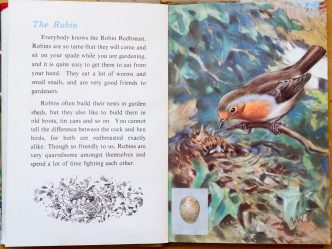
The First Ladybird Book of British Birds #3 – The Robin
I’m leafing through this 1950s Ladybird book when I come across the page for the Robin: Everyone knows the Robin Redbreast At …

I’m leafing through this 1950s Ladybird book when I come across the page for the Robin: Everyone knows the Robin Redbreast At …
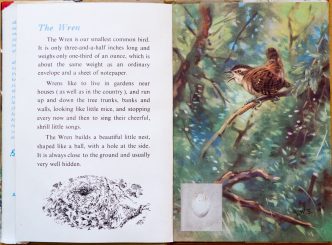
I’m currently reading the Ladybird Book of British Birds and their nests from the 1950s. Times have changed: It says: The Wren …
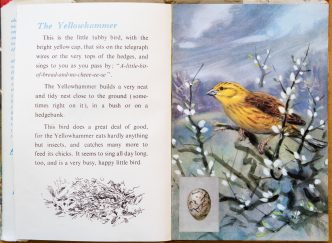
During January I’ll be exploring this 1950s Ladybird book of British Birds and their nests to see what’s changed in the last …
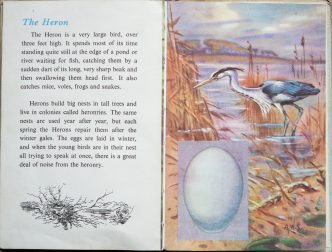
I’ve turned to the double-page spread in The Second Ladybird Book of British Birds and their nests on The Heron: It says: …
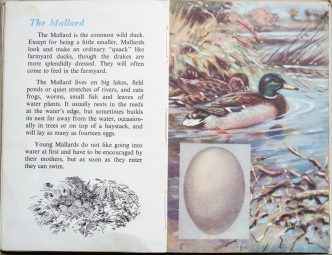
What’s changed for the Mallard since this 1950s Ladybird book?
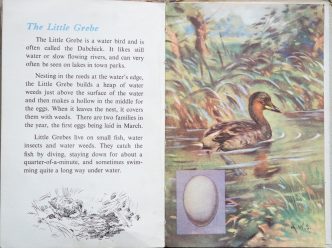
The Little Grebe is a water bird and is often called the Dabchick. It likes still water or slow flowing rivers, and …
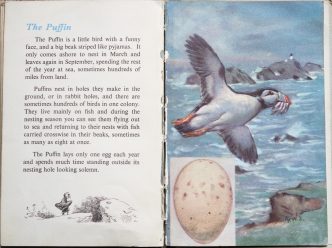
The Puffin is a little bird with a funny face, and a big beak striped like pyjamas.
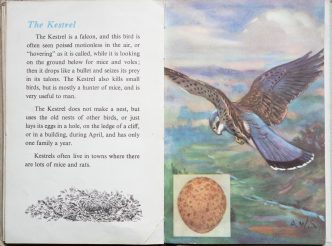
Leafing through The Second Ladybird Book of British Birds and their nests I come to the page on The Kestrel: It says: …
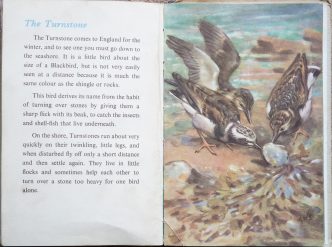
Here’s the double-page spread on The Turnstone from The Ladybird Book of British Birds and their nests: The book is entitled ‘British …
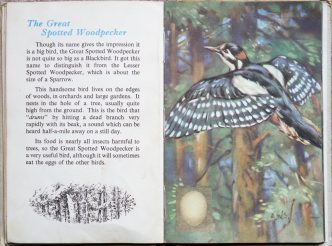
This handsome bird lives on the edges of woods, in orchards and large gardens. That’s what The Second Ladybird Book of British …
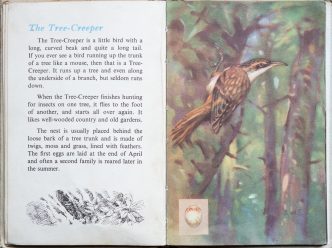
“The Tree-Creeper is a little bird with a long, curved beak and quite a long tail.” So says The Second Ladybird book of British Birds and their nests.
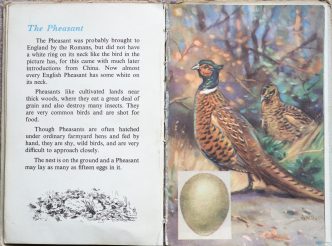
Pheasants then and now.
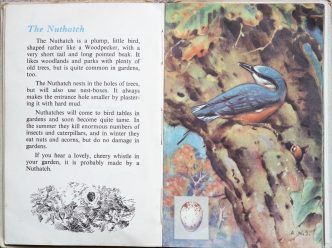
Nuthatches in the 1950s and Nuthatches now.
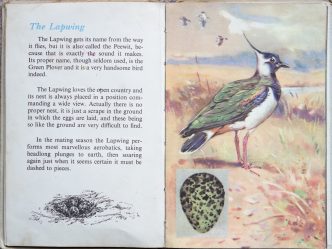
Here’s a Lapwing in a Ladybird book from 1955. Is what it says still true?
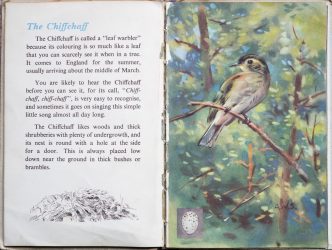
The Chiff Chaff – 60 years ago and now.
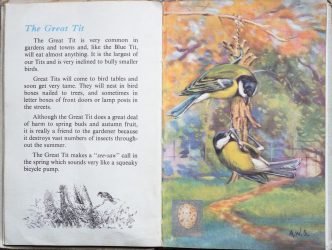
In 1955 this is what my Ladybird book had to say about the Great Tit: Is it still true?: The Great Tit …
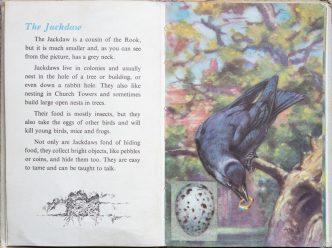
If Jackdaws could talk, what would they say to us?
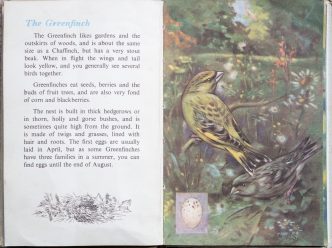
Here’s the page on The Greenfinch from The Ladybird book of British Birds and their Nests from 1955 from my continuing Ladybird …
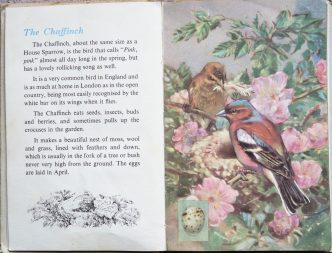
How are Chaffinches doing 60 years after this Ladybird book?
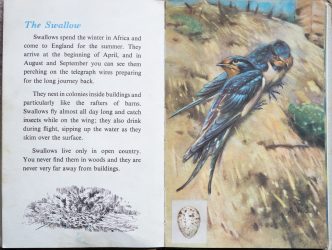
Since this Ladybird book was published we’ve been to the moon, we’ve entered the computer age, there’s been huge urbanisation, the human population has more than doubled and we’ve caused mass destruction of habitat and extinction of species. What’s happened to Swallows in that time?
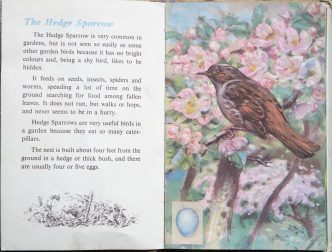
What has changed since this Ladybird book was published in the 1950s?